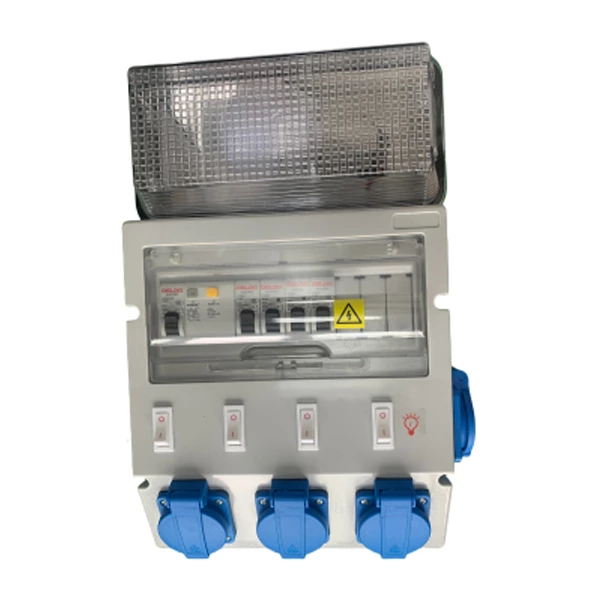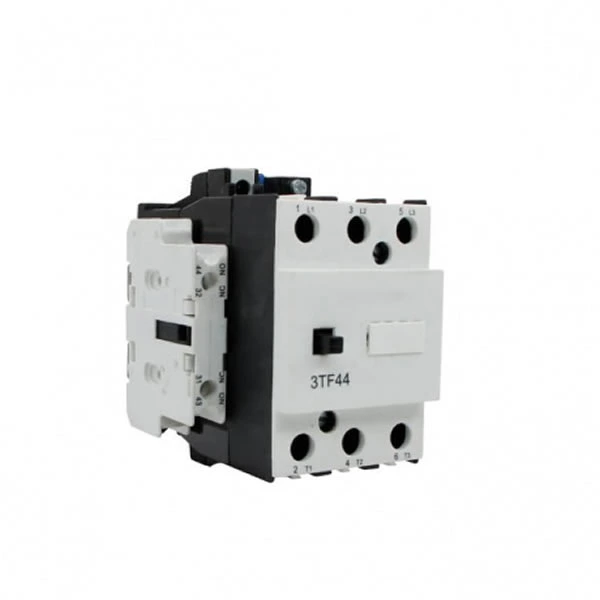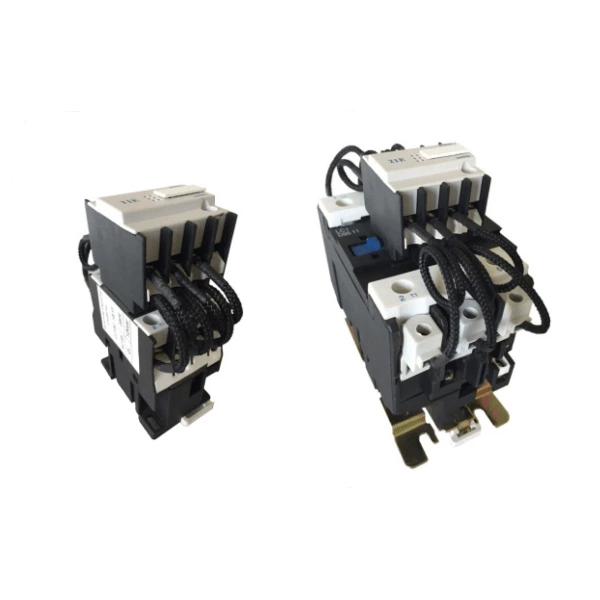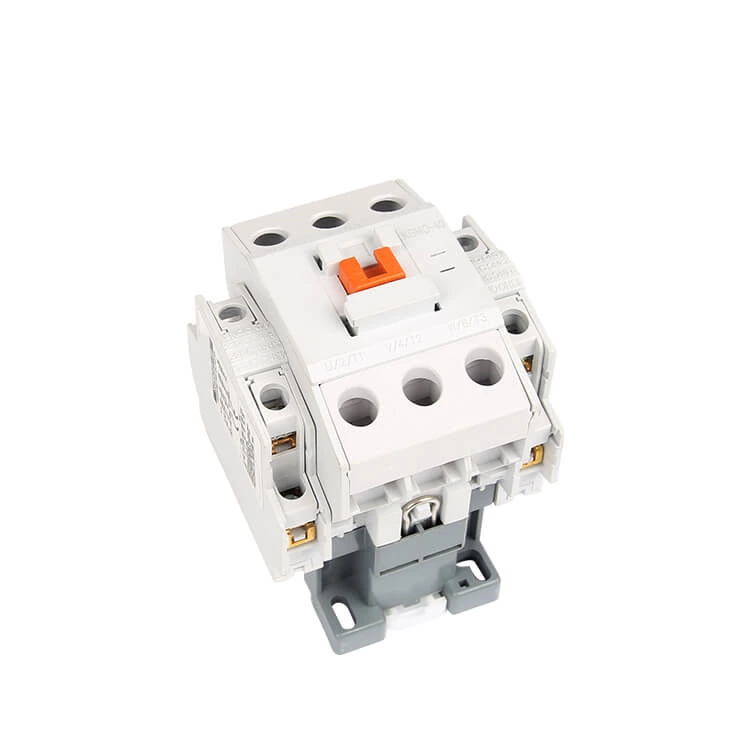Differences In Lighting Electrical Ready Board Design In Different Rural Areas Of Africa
There are significant differences in the design of lighting electrical ready boards in different rural areas of Africa, mainly influenced by geographical environment, power supply mode, economic conditions, and climate adaptability needs.
Differences in Geographic Environment and Load Demand
The complex terrain of rural areas in Africa, ranging from grasslands to mountainous regions, results in significant differences in electricity load. For example, in the grassland areas of Tanzania, villages mainly rely on low-power lighting, with an average electricity consumption of only 100W per household. The design of electrical ready boards focuses on basic lighting power supply; Due to the undulating terrain in the mountainous areas of Kenya, some villages require power supply for equipment such as water pumps (13kW). The electrical ready board needs to reserve high-power equipment interfaces and adopt a three-phase four wire power supply system to balance the load. In addition, due to severe salt spray corrosion in coastal areas, electrical ready boards need to be made of PC material or cold-rolled steel plates with anti-corrosion coatings, while inland arid areas pay more attention to dust-proof design.
Differences in power supply modes
The diverse power supply modes in rural Africa directly affect the design of electrical ready boards. In areas with weak power grid coverage, such as northern Uganda, electrical ready boards need to integrate triple power switching functions of photovoltaic, energy storage, and diesel generators. During the day, photovoltaics are given priority for power supply, with excess energy stored in energy storage cabinets. At night, the energy storage system provides power, with diesel generators serving as backup. This type of electrical ready board needs to be equipped with an EMS energy management system to achieve automated power switching. In some areas of Kenya where the power grid is relatively stable, the electrical ready board is mainly powered by mains electricity, supplemented by diesel generators, and the design focuses more on quick switching in case of mains power failure.
Economic conditions and material selection
The difference in economic level leads to different material choices for electrical ready boards. In rural areas of Tanzania, the lighting electrical ready board is made of PC material with a thickness of 3mm; in poor areas of Burundi, in order to reduce costs, the electrical ready board is made of iron with a thickness of 2.5mm, and some intelligent functions are omitted. In addition, economically underdeveloped areas often lack dedicated grounding busbars in electrical ready boards due to budget constraints, which poses a hidden danger.
Climate adaptive design
Africa has diverse climates, ranging from drought to tropical rainforests, and electrical ready boards need to adapt to different climatic conditions. In arid regions of East Africa, such as Rwanda, electrical ready boards are designed to be sealed to prevent sand and dust from entering; In the tropical rainforest areas of West Africa, such as Nigeria, electrical ready boards need to have waterproof functions, and sealing strips should be installed at the joints of the box to prevent rainwater from seeping in. In addition, the installation height of the electrical ready board in high-temperature areas has been raised to 1.6m to avoid the impact of ground heat radiation on equipment life.







